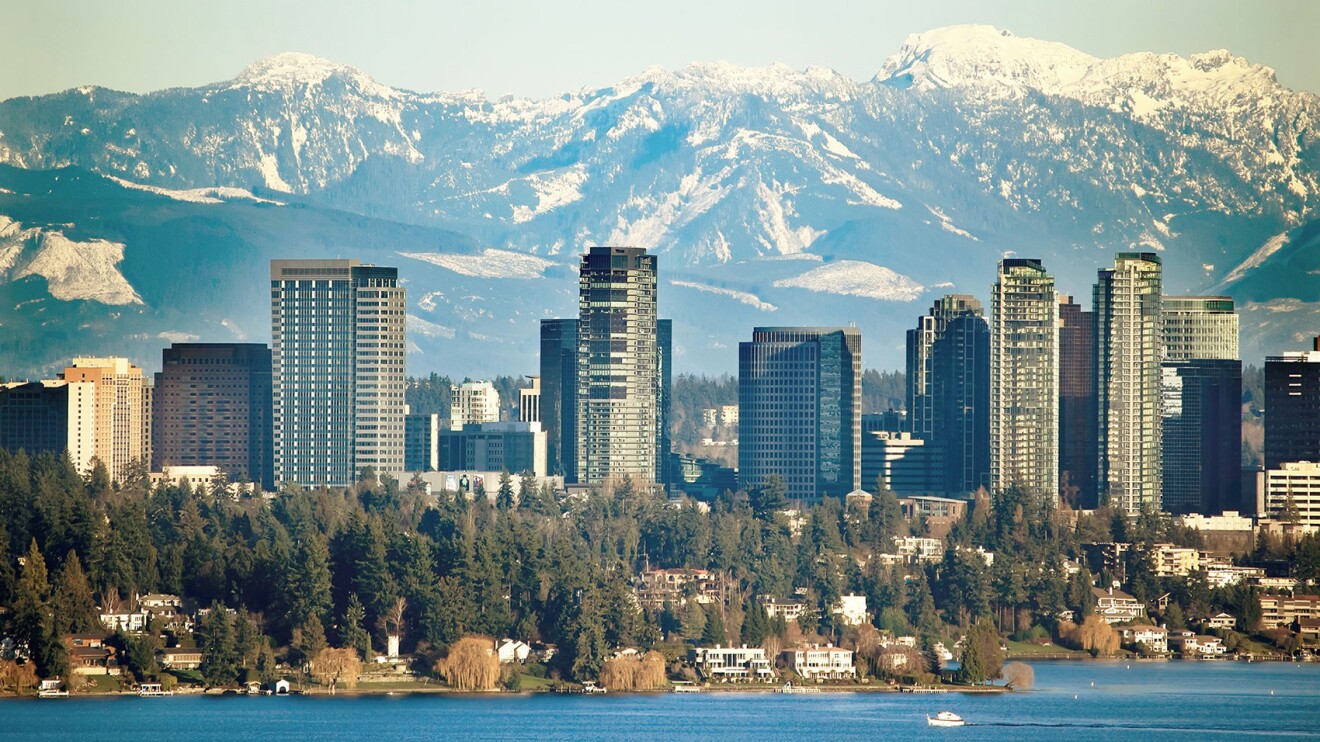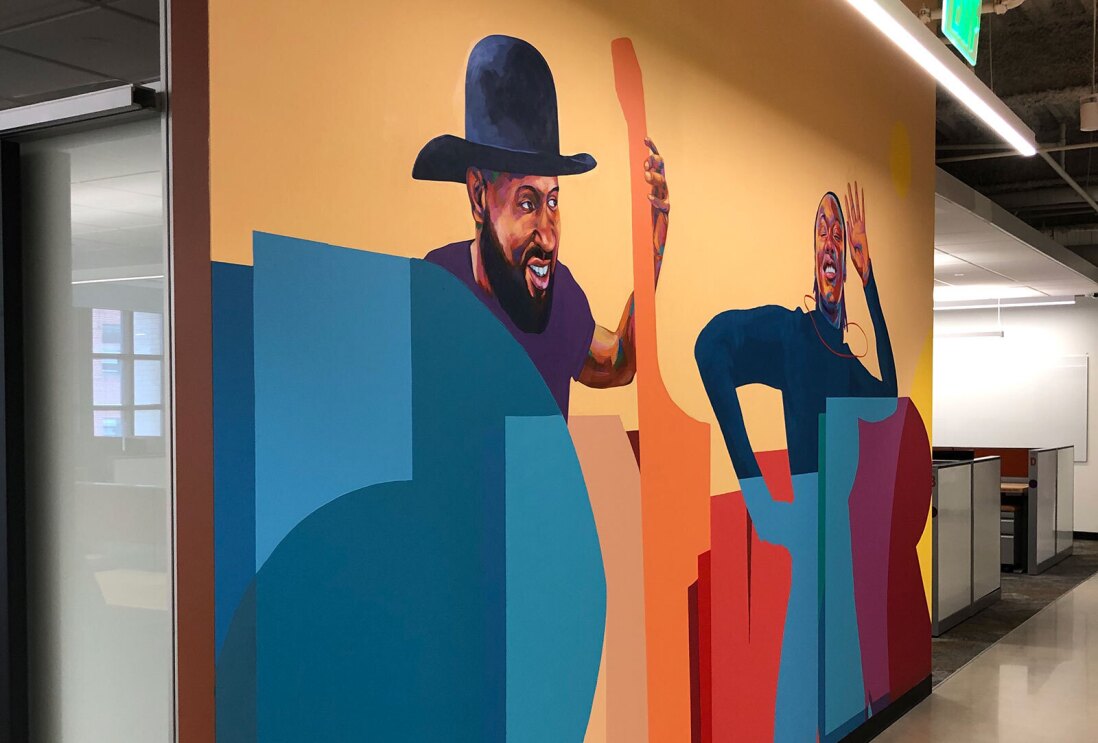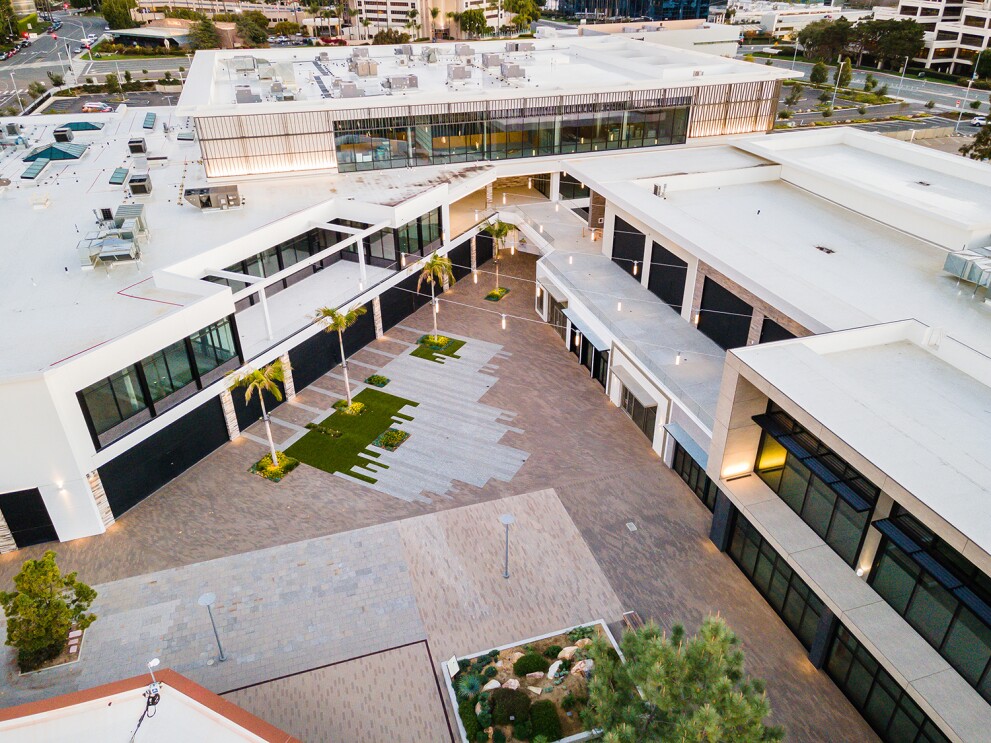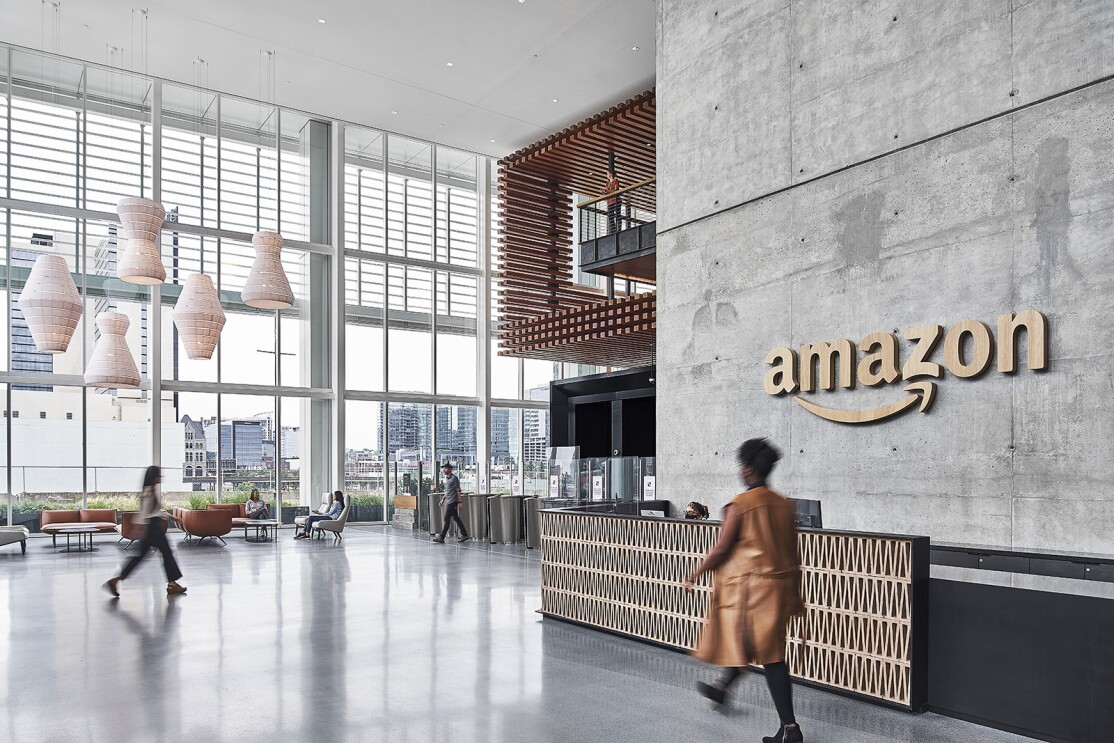Page overview
14
In 2012, Amazon opened its doors in California with a fulfillment center in San Bernardino. Because of the success seen there, the company launched additional facilities across the region, including Eastvale, Moreno Valley, Redlands, Rialto, and Riverside. Amazon currently operates 14 fulfillment facilities and other large-scale operations within the Inland Empire.
Between 2012 and 2016, Amazon invested $2 billion in facility costs, utilities, security, supplies and other operating expenses in this area. In turn, nearby small businesses such as local caterers, cleaners, hair salons, eateries, grocery stores, and industrial supply firms experienced marked increases in business. According to John Husing, Ph.D., chief economist for the Inland Empire Economic Partnership, Amazon’s investment generated a secondary impact of $2.7 billion. Combined, this twofold effect means that Amazon had a $4.7 billion economic impact on the Inland Empire from 2012 to 2016, with $1.95 billion generated in 2016 alone.
The Inland Empire initially had 2,700 Amazon employees. By 2018, that number had grown to 18,000.
Using methodology developed by the U.S. Bureau of Economic Analysis, Amazon estimates that in addition to the 18,000 fulfillment associates, the company’s investment in this region has helped create an additional 34,600 jobs at area businesses.
In 2011, the number of business establishments in the area totaled 101,000. By 2016, that number had jumped to 115,000, an increase of 14%.
During this same time period, the unemployment rate in the Inland Empire dropped by more than 7%. (Across the country over the past five years, counties that receive Amazon investments report an average 4.8% drop in unemployment.)
The sales tax collected by counties increased by 28%, going from $3.5 billion in 2011 to $4.5 billion in 2015. This revenue went toward essential services such as police and fire departments, public libraries, and local parks.
Committed to giving back to the communities it serves, Amazon has donated more than $1.5 million to charities in California through monetary and in-kind donations. As part of the company’s efforts to invest in school robotics and STEM programs, libraries, and after-school programs supporting families, Amazon contributes to the Corona High School STEM and Robotics program, the Cajon High School Logistics program, Feeding America of San Bernardino, the San Bernardino Library Foundation, San Bernardino Parks and Recreation, the Boys and Girls Club, and the Inland Empire Children’s Book Project, among other groups in the Inland Empire.
In Southern California—and in every area of the country that’s home to a fulfillment center—Amazon reaches out to local businesses that may be able to support the facility’s needs, whether that’s purchasing supplies from local vendors or bringing in nearby caterers for employee appreciation meals. The Ventura Handyman, for example, has benefitted greatly from Amazon’s patronage, completing more than $50,000 in painting, cabinetry, and other contract work for the local fulfillment center last year.
Trending news and stories









